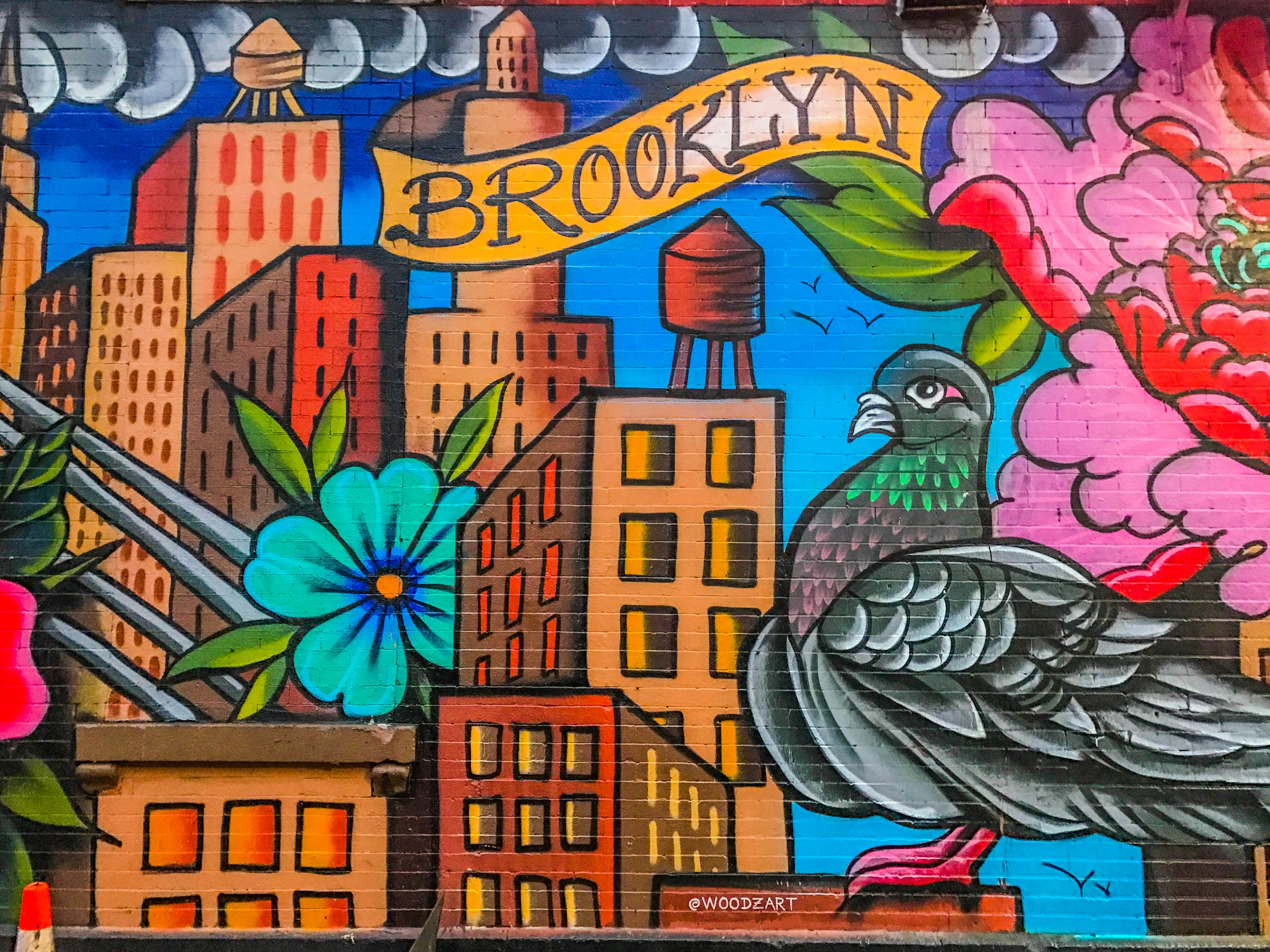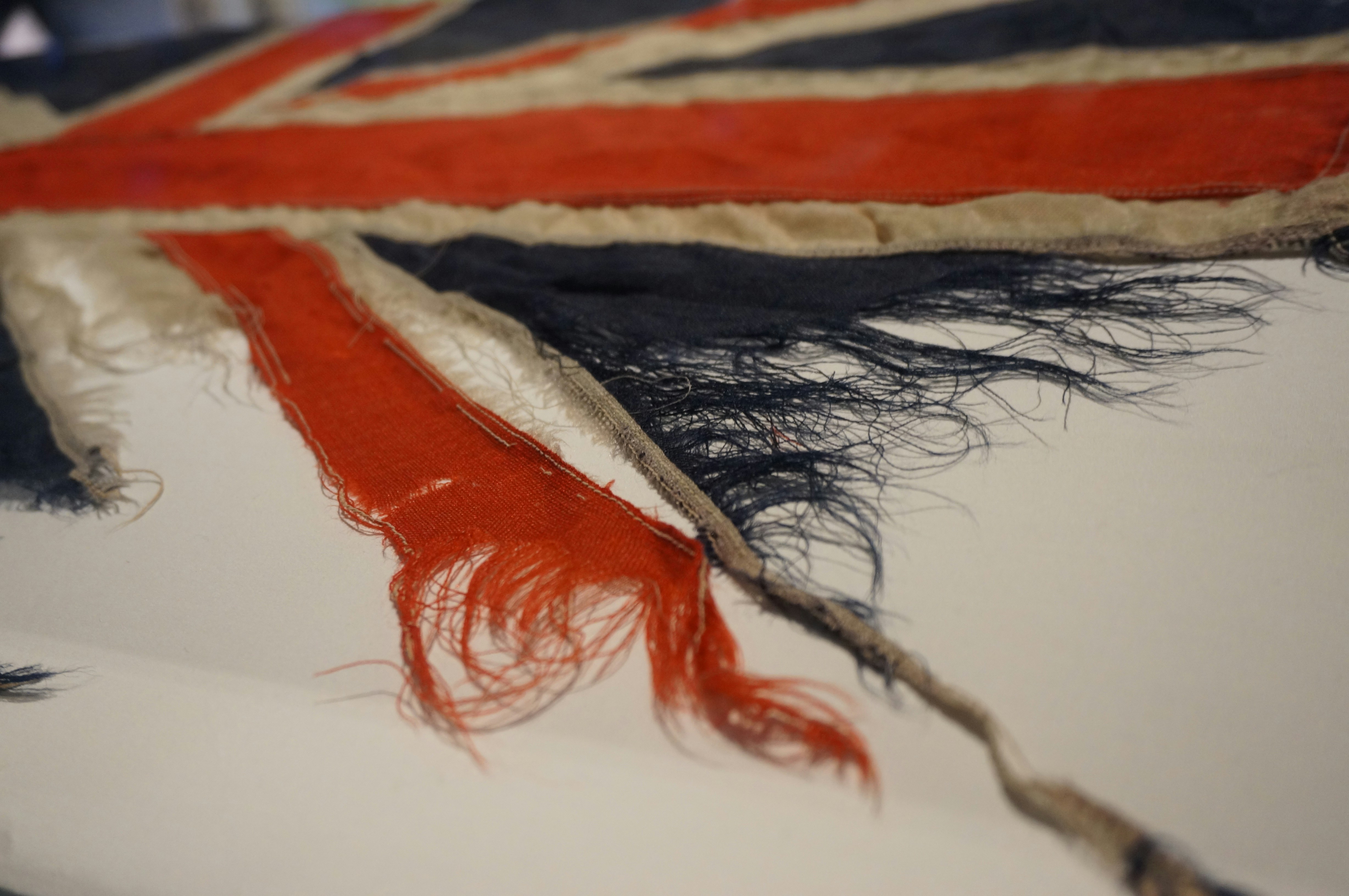A Brief History of Antwerp Zoo
Antwerp Zoo, officially known as ZOO Antwerpen, holds a prestigious place in the realm of wildlife conservation and public education. Established in 1843, it is one of the oldest zoos in the world, rooted in the early 19th-century movement to promote zoological studies and conservation efforts. The zoo was founded by a group of animal enthusiasts and scientists who aimed to create a space where the public could gain insight into the diverse species on our planet.
The initial purpose of Antwerp Zoo was to engage the public with wildlife and foster a spirit of conservation. Over the years, its mission has evolved to prioritize animal welfare and environmental education, aligning with global conservation trends. Through various significant milestones, including expansions and renovations, the zoo has adapted to the changing needs of wildlife preservation and modern research. These renovations have included the development of more naturalistic habitats, reflecting a growing understanding of animal behavior and well-being.
Key figures played pivotal roles in the transformation of Antwerp Zoo throughout its history. Notable among them is the visionary director who implemented innovative breeding programs in the 20th century. These efforts not only contributed to the survival of endangered species but also positioned Antwerp Zoo as a leader in international conservation initiatives. The establishment of the ‘Rescue Center’ further emphasized the zoo’s commitment to rehabilitating injured wildlife and reintroducing them into their natural habitats.
As the years progressed, Antwerp Zoo continued to engage new generations in its conservation efforts, reinforcing the importance of protecting biodiversity. Its long-standing existence showcases the evolution of zoological institutions, illustrating a shift from mere exhibition towards becoming active players in global conservation narratives. Antwerp Zoo remains a vital institution, dedicated to safeguarding our planet’s wildlife through education, research, and compassionate care.
Wildlife Diversity at Antwerp Zoo
Antwerp Zoo is renowned for its impressive collection of wildlife, showcasing a diverse array of species from around the world. The zoo is home to over 7,000 animals representing approximately 500 different species, which inhabit various meticulously designed exhibits that mimic their natural environments. This thoughtful arrangement not only enhances the habitat experience for the animals but also cultivates a deeper understanding of wildlife diversity for visitors.
Among the notable exhibits, the Amazonia is particularly captivating, featuring species endemic to the Amazon rainforest. This immersive area allows guests to witness exotic animals such as jaguars, sloths, and colorful macaws in an environment that closely resembles their natural habitat. Likewise, the African savannah exhibit showcases local wildlife, including zebras and giraffes, providing insights into the intricate ecosystems these animals inhabit. The thoughtful design of these exhibits serves both educational and conservation purposes, as they highlight the importance of biodiversity and the need for preserving these species.
In addition to the wide variety of local and exotic animals, Antwerp Zoo prioritizes conservation efforts as part of its mission. The zoo actively participates in several global and regional conservation programs aimed at protecting endangered species. For instance, visitors may have the chance to see special animals, such as the red panda or the northern white rhinoceros, which are part of intensive breeding programs that aim to increase their populations and enhance their chances of survival in the wild. Each animal at the zoo represents not just a unique species but also a vital role in global conservation efforts, which the staff passionately advocates to the visiting public, promoting awareness of current ecological challenges and the importance of preserving wildlife diversity.
Conservation Efforts and Education Programs
Antwerp Zoo plays a pivotal role in both animal conservation and education, emphasizing its commitment to wildlife preservation. The zoo is actively involved in various conservation projects, which encompass local initiatives aimed at protecting endangered species and global efforts targeting habitat preservation. Through partnerships with established wildlife organizations, Antwerp Zoo contributes significantly to programs that safeguard biodiversity. These collaborations allow for a broader reach and a more profound impact on global conservation challenges.
The zoo’s local conservation initiatives are particularly noteworthy, focusing on native wildlife and their habitats. By working alongside environmentalists and policymakers, the zoo supports efforts such as habitat restoration, species monitoring, and rehabilitation projects. These initiatives not only protect local ecosystems but also enrich the understanding of wildlife conservation among the community. The zoo’s global conservation efforts, on the other hand, often align with international organizations that work on species like African elephants and South American primates, highlighting the interconnectedness of wildlife across the globe.
In addition to its conservation work, Antwerp Zoo places a strong emphasis on educational programs designed to engage the public. These programs cater to various audiences, including families, school groups, and corporate entities, providing an array of learning opportunities. Workshops, guided tours, and interactive exhibits encourage visitors to gain insights into wildlife ecology, conservation challenges, and the important role individuals can play in protecting the environment.
Moreover, the zoo frequently hosts special events and campaigns aimed at raising awareness about pressing conservation issues. These educational endeavors foster a conservation mindset among visitors and empower them to contribute actively to wildlife preservation efforts. By combining conservation projects with educational outreach, Antwerp Zoo serves as a vital hub for promoting wildlife awareness and fostering a deeper appreciation for the natural world.
Visitor Experience: Tips and Attractions
Antwerp Zoo, located in the heart of the city, offers a captivating experience for wildlife enthusiasts and families alike. The zoo has varying hours of operation depending on the season, typically opening around 10 AM and closing anywhere between 5 PM and 9 PM. It is advisable to check the official website for the most current schedule and any changes due to special events or seasonal adjustments.
When planning your visit, purchasing tickets in advance can save time. Various ticket options are available, including family packages and discounts for students and seniors. Group visits should consider advanced bookings, which often come with added benefits. A map of the zoo is provided with your entry, making it easier to navigate the impressive range of animal exhibits.
One of the highlights of Antwerp Zoo is its commitment to conservation and education, allowing visitors to enjoy animals from around the globe while learning about their habitats and threats. Notable attractions include the historic building housing the reptile house and the expansive savannah where giraffes and zebras can be viewed together. The zoo often hosts special events, such as feeding times and educational workshops, which provide unique opportunities to engage with the animal kingdom.
For an enriching experience, aim to visit during weekdays or earlier in the day to avoid the larger weekend crowds. While exploring the exhibits, take advantage of the informative signage and interactive displays that enhance understanding of wildlife conservation efforts.
Dining options within the zoo cater to various tastes, with cafes offering everything from quick snacks to full meals. Gift shops are also available, allowing visitors to take home a memento of their day. Overall, proper planning, including understanding the layout of the zoo and timing your visit to special events, will result in a memorable day at Antwerp Zoo.





